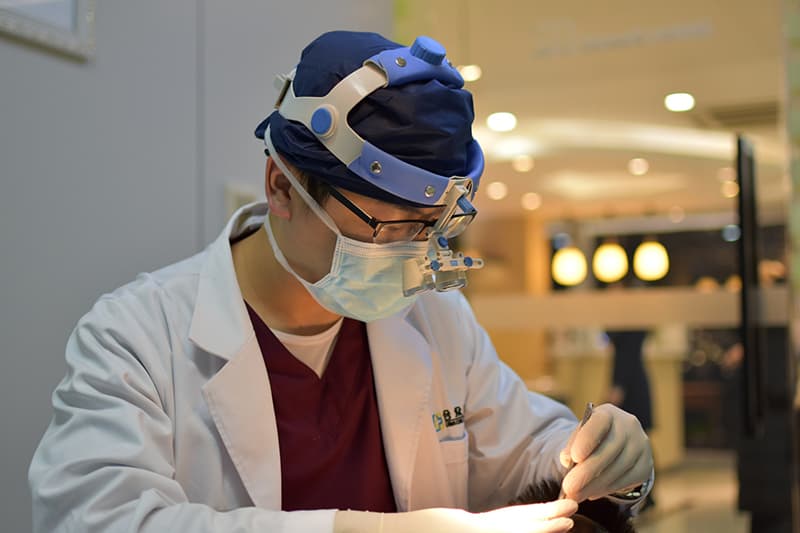Click here to get this post in PDF

How do you measure productivity when it comes to health services?
Is it the number of patients you see in an hour or a certain level of care? Understanding the metrics of success is important, even in a healthcare setting.
For example, clinics should use electronic medical records system (EMRs), so patient notes stay organized and note-taking easier. Paper forms and records can take longer to record, file, and track during busy days.
You don’t need to know what will keep your clinic afloat financially, but also how to keep staff and patients happy in the process.
But tracking productivity metrics can be difficult. For example, if you simply follow your financial records, you could miss aspects of care that could be improved.
When measuring productivity, you need to see the big picture, especially in the age of technology and changing healthcare standards. Here’s what you need to know when it comes to measuring productivity for your medical facility.
How is productivity traditionally measured?
High productivity has traditionally been based on a few key metrics, primarily related to finances or time spent in your profession. This may have included the number of patients seen, the speed of their care received, or the total amount of time each physician or staff member spent with each patient.
In this model of care, productivity is measured by how quickly patients can advance in practice, not necessarily in the quality of care. In a financial sense, productivity can be measured by the cost of hiring staff during peak hours or keeping doctors on the clock longer than it takes to see patients or complete paperwork. However, the comfort of medical practitioners also plays an important role. The use of tools for doctors such as Portable LED Headlights for doctors is seen to affect productivity.
In which case, positive productivity would include reducing clinic hours to save costs or only hiring staff who are absolutely necessary for the most essential patient care. While keeping costs down and time constraints can improve some aspects of care, they are not necessarily the best measures of success.
The problem with traditional productivity in health
While physicians may see fewer patients in a day, or spend more time with patients, traditionally considered “less productive” by certain standards, they also improve patient satisfaction, which has other benefits for the medical center.
For example, based on a study in the US, 47% of patients say a doctor’s reputation is important when scheduling an appointment, and 80% say they trust online reviews as much as personal recommendations.
Patients with higher satisfaction rates in the clinic are often more inclined to give positive feedback outside of the clinic, whether online or to friends and family. This can improve the overall reputation of your medical center and increase the quality of care provided.
Meanwhile, it is shown that patients who receive poor care do not return and seek care elsewhere. If the goal of your clinic is to increase productivity to grow, then it won’t help if they move as quickly as possible.
On the other hand, time is the most important thing for patients when they are sitting in the waiting room.
80% of those surveyed in a patient satisfaction survey said reducing waiting times in the waiting room would minimize frustration entirely or somewhat.
This means that productivity measurement often needs to include both “hard” metrics such as time spent with patients and cost per patient, as well as “soft” metrics such as patient (and staff) satisfaction, and the value and overall quality of care provided.
So how do you ensure that you are maximizing your productivity?
First, you need to understand the actual productivity metrics as described above.
This is due to factors such as how often a patient returns to the clinic, whether or not their needs were met and their conditions stabilized, not just how much they spent or how long an individual visit lasted.
Second, medical centers must use technology to minimize unproductive tasks.
Because time is still a factor, you want doctors to spend their peak hours interacting with patients and not worrying about paperwork or other tasks that can be completed using technology.
For example, clinics should use electronic medical records (EMRs), so patient notes stay organized and note-taking easier. Paper forms and records can take longer to record, file, and track during busy days.
This may also include the use of technology such as online intake forms and patient portals to facilitate the intake process for reception staff, nurses, and doctors. Patients who have more access to and control over their own medical records are also shown to view health services more favorably.
How To Hire A Medical Billing Company?
Third, clinics or hospitals must analyze any foreign elements that keep productivity low.
This can include complicated regulations or mandates that make compliance difficult. You may also find that scheduling staff at certain times of the day can help alleviate wait times and generally improve staff productivity and happiness.
Fourth, medical centers must look at the physical barriers to productivity.
You can also view minor productivity items, such as the time it takes staff or patients to travel from the parking lot to the office, and whether or not that is an obstacle to care (or the time spent during a visit ). Cleanliness of the office can also be a factor. If the office is cluttered or workstations are not properly maintained, it can take longer to find patient files or access necessary resources.
Finally, it is important for medical centers to consider not only the financial benefits of having a well-maintained practice, but also the mental and emotional ones. They are all interrelated and can ultimately determine the progress or decline of a health service.
Image Source: Unsplash.com
